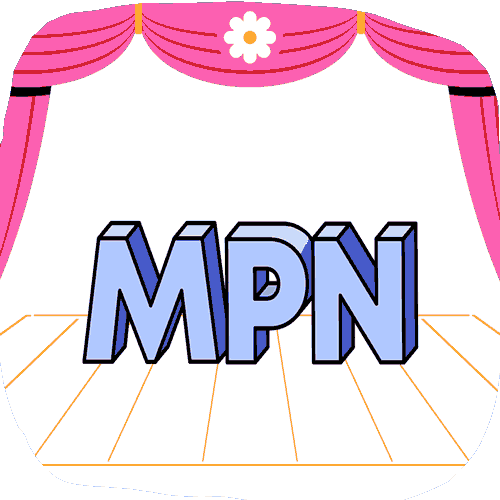Network News: Introducing Our Searchable MPN Spreadsheet

Medical Provider Networks (MPNs) are a pain. We've had a lot of questions about these organizations, and for good reason – they're notoriously tricky to understand, and available resources on MPN's aren't the most helpful. Fortunately, we created a solution to make MPN's more navigable for providers.
Section 8 of SB 1160 amends Labor Code 4903.05 to introduce a new lien declaration requirement. All claimants must now prove that they satisfy at least one of seven conditions. Two of these conditions concern MPNs:
“a. Is the employee’s treating physician providing care through a medical provider network.
…
d. Has made a diligent search and determined that the employer does not have a medical provider network in place.”¹
First things first: What, exactly, is an MPN? The California Division of Workers’ Compensation defines it as “an entity or group of health care providers set up by an insurer or self-insured employer and approved by the DWC’s administrative director.”²
Let’s break that down.
Say you’re an employer. Either you have workers’ compensation insurance to handle your work comp coverage or you are self-insured and take care of it on your own. If you (as a self-insured employer) or your insurer choose to set up an MPN, all medical care for workers injured on the job will be handled by and provided through that MPN.³
Once the MPN is assembled, it is submitted to the DWC for approval. The DWC, in turn, maintains a website with a list of approved MPNs. This list takes the form of a 194-page PDF document, containing 2,311 approved MPN applications. There’s no way to sort or search the PDF.
It gets more complicated.
Some work comp insurers, such as ACE American Insurance, fill page after page with their chosen MPNs for different employers. (ACE takes up almost seven pages.) Insurers and self-insured employers can also change their MPNs at any time, or get rid of them altogether.
Take Metro Risk Management – they do not currently have an MPN. According to the DWC list, they received approval to use an MPN back in 2005. However, that MPN has since been withdrawn, denoted by a “W” in the list’s status column.
Checking back in with our friends at ACE American Insurance, a quick glance at the DWC list shows that their first listed MPN was approved on March 7, 2005. However, its approval status is listed as “T,” which means that it has been terminated after approval. No termination date is provided, making it impossible for a provider to determine when the insurer stopped using that particular MPN.
Furthermore, the DWC PDF contains no historical information – MPN statuses may be changed without being registered in any sort of log. So, theoretically, an MPN could have been approved for a past date of service, then withdrawn or terminated after lien submission. If this sounds like a messy system, that’s because it is.
That’s where we come in.
Our developers have built a program that scans the DWC PDF and organizes it into a sortable, searchable spreadsheet. Our Work Comp Wizard features this spreadsheet, updated regularly.
For those with access to the Wizard, there's no more scanning through page after page of a confusing PDF. No more guesswork about changes to the list. It's just one more way we're making work comp easier for our clients. We'd like to encourage you to give it a try, by clicking the button below.
Claim Your Free Trial
¹ Full text of SB 1160 here.
² Full definition here.
³ It’s worth noting at this point that insurers and employers are not required to set up an MPN.
DaisyBill provides content as an insightful service to its readers and clients. It does not offer legal advice and cannot guarantee the accuracy or suitability of its content for a particular purpose.

.gif)

.gif)